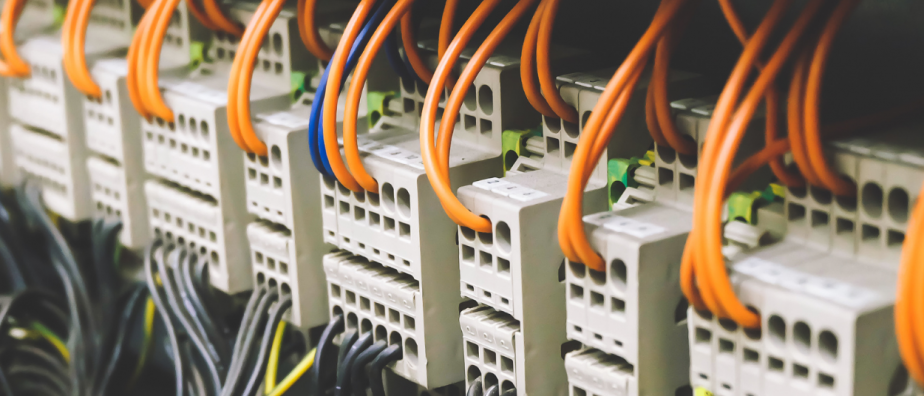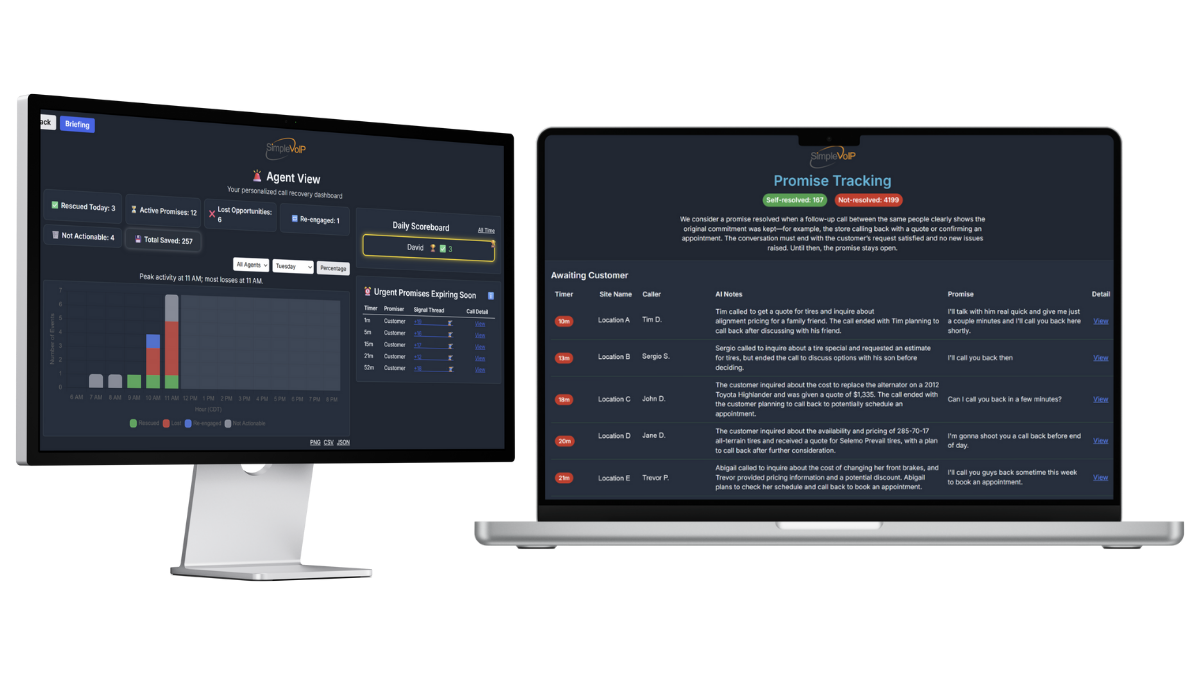Are you tired of high phone bills and outdated technology? With the new year, it may be time to consider switching to VoIP (Voice over Internet Protocol) from your traditional POTS (Plain Old Telephone System) line.
POTS (Plain Old Telephone System) lines have been a staple of phone service for decades, but they are not without their drawbacks. One major issue with POTS lines is the cost – they can be significantly more expensive than other types of phone service. But why is this the case?
There are several reasons why POTS lines may be more expensive than other options:
Infrastructure costs
POTS lines require a dedicated infrastructure of phone lines and equipment to function. This infrastructure can be expensive to maintain and upgrade, especially in rural or remote areas where it may be more costly to install and maintain the necessary equipment. Limited competition: In some areas, there may be only one or a few companies providing POTS service. This lack of competition can lead to higher prices as there is no incentive for the providers to lower their rates.
Limited features
POTS lines typically offer basic phone service without many of the advanced features that are available with other types of phone service, such as voicemail, call forwarding, and conference calling. This can make POTS lines seem less appealing to users who are looking for more advanced features, which may cause them to be more expensive.
Copper sunset
The Federal Communications Commission (FCC) is working on a plan to phase out the use of traditional copper-based telephone infrastructure, known as the “Copper Sunset.” This has increased costs for POTS service as companies work to upgrade their infrastructure to newer technologies.
It is worth noting that POTS lines are gradually being replaced by newer technologies, such as VoIP (Voice over Internet Protocol), which may offer more cost-effective alternatives for phone service. These technologies can often be less expensive than POTS lines because they do not require a dedicated infrastructure and may offer a wider range of features.
The high cost of POTS lines is due to a variety of factors, including the expensive infrastructure required to support the service, limited competition, and a lack of advanced features. While POTS lines may still be available in certain areas, users may want to consider alternative options, such as VoIP, that can offer more cost-effective and feature-rich phone service.
VoIP
VoIP (Voice over Internet Protocol) is a technology that allows users to make phone calls over the internet rather than through a traditional analog telephone system (POTS).
There are several reasons why VoIP may be a better option than POTS lines for some users:
Cost
VoIP can often be less expensive than traditional phone service because it uses the internet rather than dedicated phone lines. This means that users can often make calls for free or at a lower cost than with a POTS line.
Flexibility
VoIP allows users to make and receive calls from any device that has an internet connection, including smartphones, laptops, and tablets. This can be particularly useful for people who are always on the go or who do not want to be tied to a specific phone line. Features: VoIP typically offers a range of advanced features, such as voicemail, call forwarding, and call blocking, that may not be available with traditional phone service.
Reliability
VoIP service can be more reliable than POTS lines because it is not as susceptible to disruptions caused by weather or other external factors. In summary, VoIP is a cost-effective, flexible, and reliable choice for phone service. If you are tired of high phone bills and outdated technology, it may be time to consider switching to VoIP. With its many benefits over traditional POTS lines, VoIP is the better choice for today’s modern world.
If you’d like to learn how you can make the switch from POTS to VoIP, reach out to us! We’ll be more than happy to provide you a free consultation and show you the savings you’ll get from making the switch.




